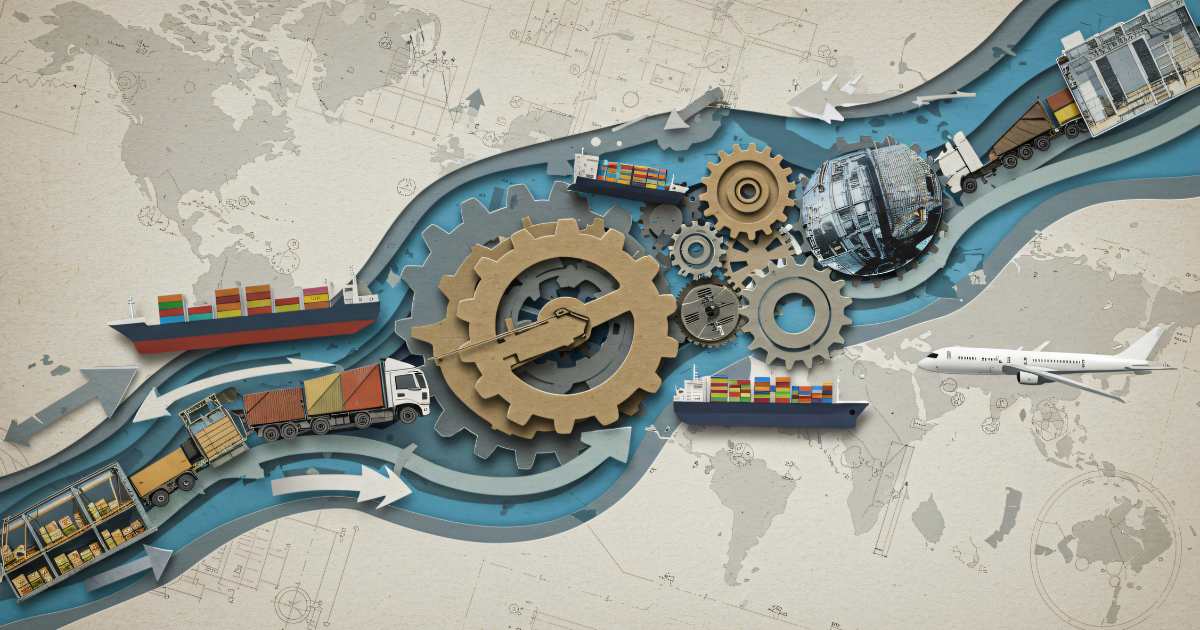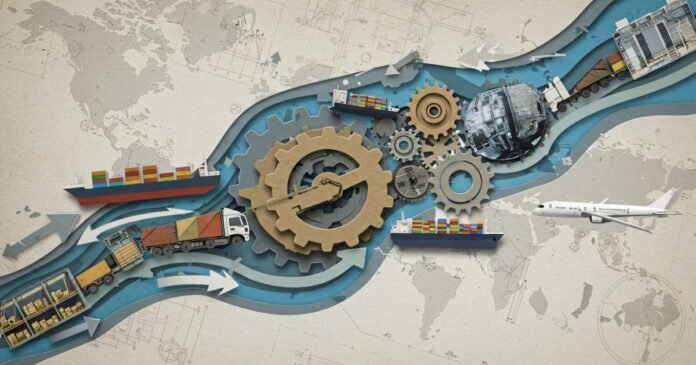
Businesses are now growing under pressure to operate responsibly. Customers want to know where products come from, how they are made, and whether the companies behind them are doing their part to protect the environment. This is where green supply chain practices come in. It is about making the entire supply chain more sustainable, from sourcing materials all the way to delivering the final product.
The good news is that going green does not have to be expensive or complicated. In most instances, it actually saves money in the long run, builds customer trust, and creates efficiency.
What is Green Supply Chain Practice?
Green supply chain practice refers to implementing sustainable practices in the supply chain. As per the principles, all stages of supply chain management, including product design, sourcing and selection, manufacturing, production, and end-of-life management, must align with the global sustainability standards.
Here is a practical example of how companies can integrate greener practices into their supply chains.
Start With Your Suppliers
Every product begins with raw materials, so your supplier plays a huge role in whether your supply chain is environmentally friendly. Businesses should start by asking important questions like:
- How do their suppliers source materials?
- Do they follow ethical or sustainable farming, mining, or manufacturing processes?
- Are they reducing waste and using energy efficiently?
You don’t need high-level audits to start; even small steps like having an open conversation, requesting documentation, or comparing suppliers can help you choose partners that align with your sustainability goals.
Reduce Waste at Every Step
Waste shows up in many ways, such as excess packaging, unused material, faulty products, and even wasted time. Reducing waste is not just good for the planet, but it is also a smart business move.
Businesses can start small, such as switching from single-use packages to reusable options or improving cutting and measuring techniques to reduce offcuts in manufacturing. Digital tools can also help track where the most waste occurs. Even a simple spreadsheet can reveal patterns, like products frequently returned due to quality issues.
Use Energy More Efficiently
Energy consumption is one of the biggest contributors to environmental impact. But again, improvements don’t have to be dramatic or expensive.
Businesses can upgrade to energy-efficient lighting, maintain equipment to keep it running smoothly, or train staff to shut machines down when not in use. Warehouses can make small changes, such as improving insulation or installing skylights for natural lighting. Delivering vehicles can follow optimised routes to cut down fuel consumption.
Invest in Cleaner Transportation
Transportation is an important key driver in the supply chain puzzle. Fuel costs continue to rise, and emissions from delivery vehicles contribute heavily to pollution. Businesses looking to green their supply chain can start by making smarter transport choices.
This could mean:
- Working with logistics partners that use fuel-efficient or hybrid vehicles.
- Planning routes that minimise unnecessary travel.
- Combining shipments instead of sending multiple small deliveries.
- Encouraging customers to choose eco-friendly shipping options.
Some companies even experiment with electric vehicles or bicycles for last-mile deliveries. While not every business can go fully electric, anyone can make some small improvements that lower both costs and emissions.
Introduce Technology into the Process
Digital technologies have simplified the management of a green supply chain like never before. Businesses can now see inventory information, suppliers’ performance, carbon emissions, or demand forecasting to ensure that they do not produce excessively.
Even basic technologies such as barcode scanning, GPS tracking, or cloud-based data sharing give businesses a glimpse of where they can make improvements. The most important aspect is transparency: the ability of companies to see what is happening at every stage of the supply chain allows them to make improved decisions.
Educate Employees and Partners
Going green is not a one-person effort; it requires everyone to be in and understand the goal. Training employees on sustainable practices, teaching teams how to separate waste, or sharing sustainability guidelines with suppliers can make a huge difference.
Why It Matters
Green supply chain practices not only benefit the environment but also the business itself. Companies save money, attract eco-conscious customers, and stay ahead of future regulations. What is more important is that they contribute to creating a healthier planet and a more responsible economy. Lastly, sustainability is no longer a trend; It has become an essential requirement.







